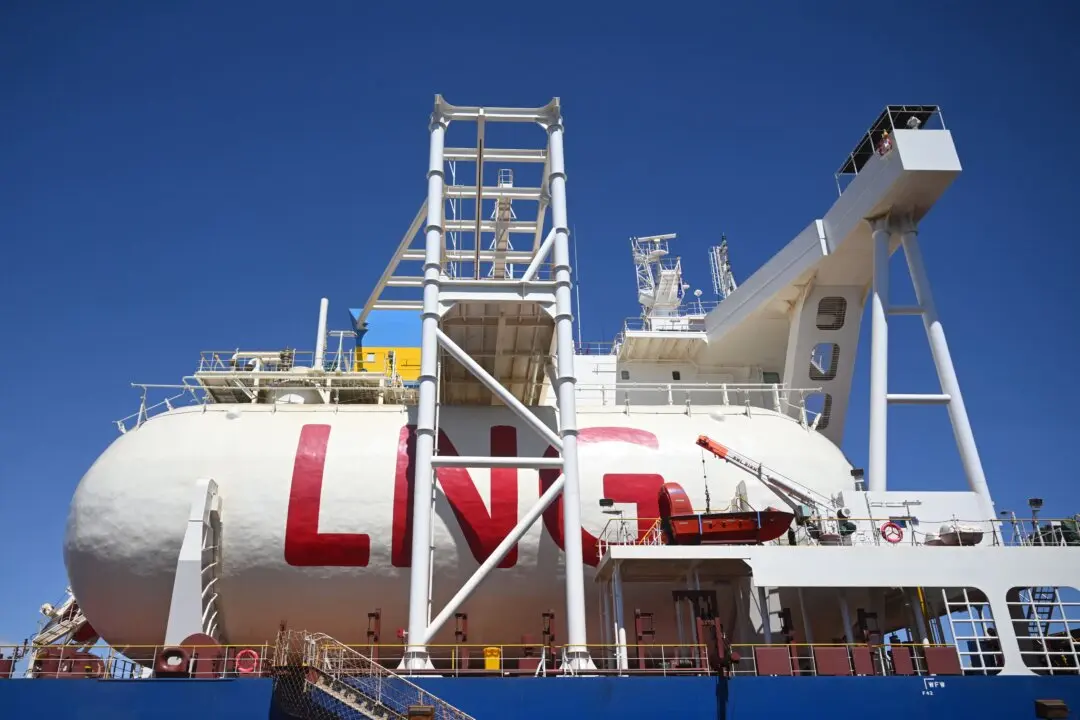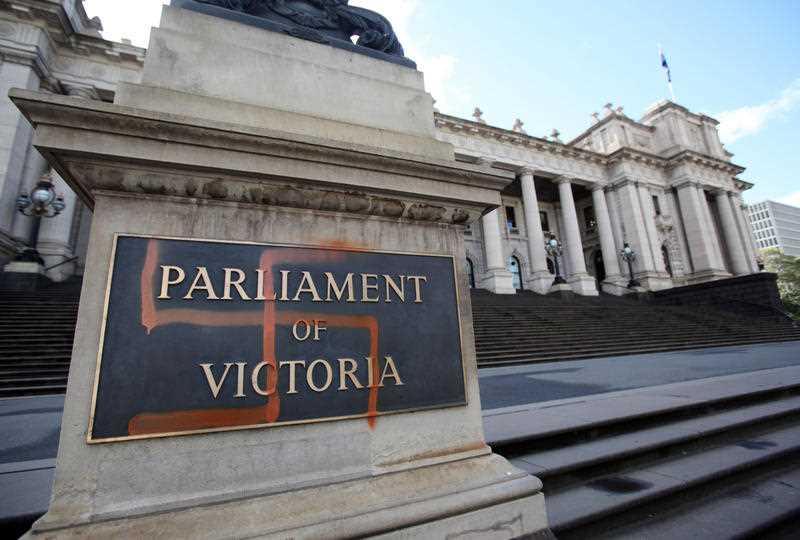Australia’s inflation has most likely topped out and starting to moderate, but it’s unclear if the fall will be enough to convince the Reserve Bank to keep rates on hold next week.
Inflation lifted seven percent annually in the March quarter, but consumer prices as measured by the Australian Bureau of Statistics (ABS) are growing more slowly than in the December quarter when a 7.8 percent yearly increase was recorded.





